As the UK government has instructed the nation to stay at home and only venture out for specific, essential reasons in light of the Coronavirus (Covid-19) situation, many of us are being encouraged to park our cars if we can. Some owners of Toyota hybrids might be wondering what will happen to their car during long periods without use, particularly when it comes to the level of charge in the batteries.
The reassuring news is that no difficult car maintenance is necessary. However, there are some tips that, if followed, can help ensure your Toyota remains in tip-top condition during an extended layoff.
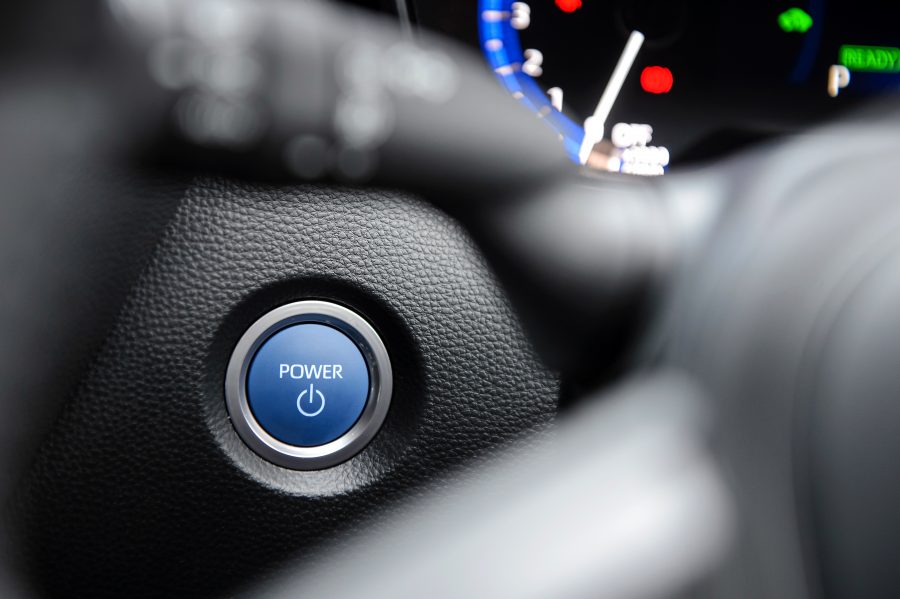
To recap, Toyota hybrids generally contain two batteries: a 12-volt battery (which powers systems such as the headlamps and audio) and a high-voltage hybrid system battery (which supplies the power to start the combustion engine and drive the electric motors).
The simplest way to maintain charge in both of these batteries is to simply go through the normal start procedure: press the ‘Start’ button with your foot on the brake and ensure the ‘Ready’ light is illuminated on the dashboard (you don’t have to keep your foot on the brake thereafter, but ensure your vehicle’s transmission is in ‘Park’ and the parking brake is engaged).
We recommend you put the car in ‘Ready’ mode for about 60 minutes before switching it off again and repeat the process at least once a week, providing you can carry out this procedure while adhering to the government’s advice regarding social distancing and Coronavirus (Covid-19). Please do not leave your car unattended when it is in ‘Ready’ mode.
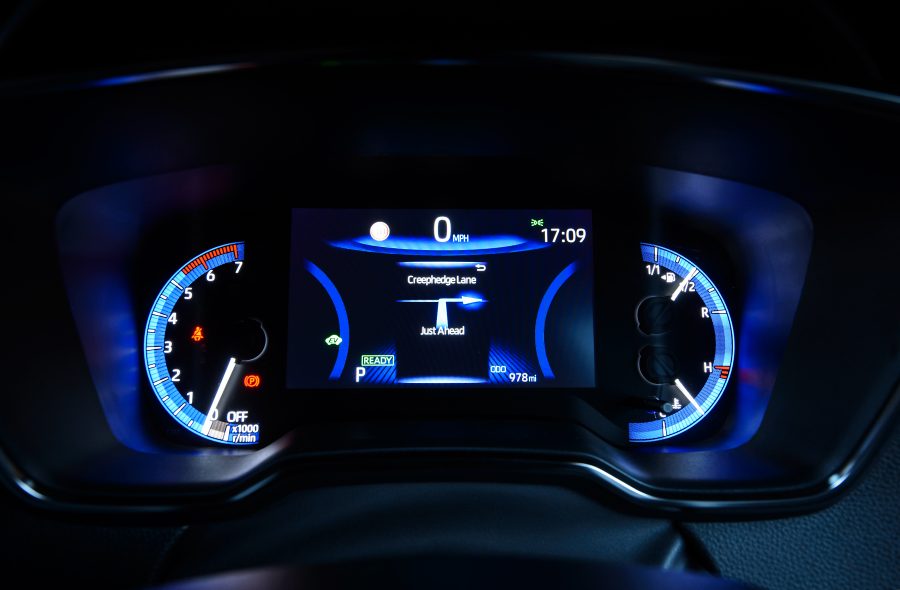
During the time that that car is in ‘Ready’ mode, you may hear and feel the internal combustion engine kick in; this is a normal part of the self-charging process. You might be tempted to switch on the radio to pass the time, or turn on other systems, but bear in mind these will consume small amounts of electrical power so it is preferable to leave them off.
Ensure the handbrake is on; there’s no need to go for a drive, although we must stress that this procedure should take place in a well-ventilated area – something to consider if you park your vehicle in a garage.
What if my Toyota isn’t a hybrid?
Our petrol and diesel cars only have a 12-volt battery, which provides the power to start the engine in addition to the other systems mentioned above. Regular start-up of the vehicle on conventional petrol and diesel engines needs approximately 20 minutes of running to put back into the battery what you remove on start up, so to maintain this battery we would suggest 60 minutes of running at least once a week.
Is there anything else I need to do?
Whether you own a hybrid or a Toyota equipped solely with an internal combustion engine, there are a few other easy car maintenance points that can ensure your Toyota hybrid remains healthy and happy during an enforced hibernation. Again, please adhere to the latest government advice regarding social distancing.
- Check the tyre pressures are fully inflated to the recommended level and top-up if necessary. It can be a good idea to repeat this process when you first drive your car after a long period of inactivity.
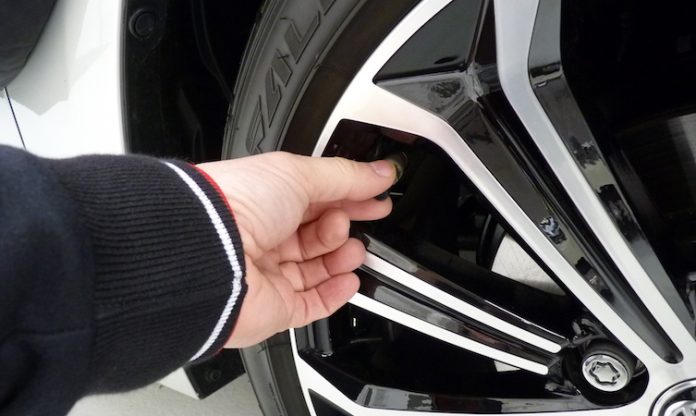
- Clean the car thoroughly inside and out. If you are storing your car in a garage, make sure the vehicle is completely dry before you put it away.
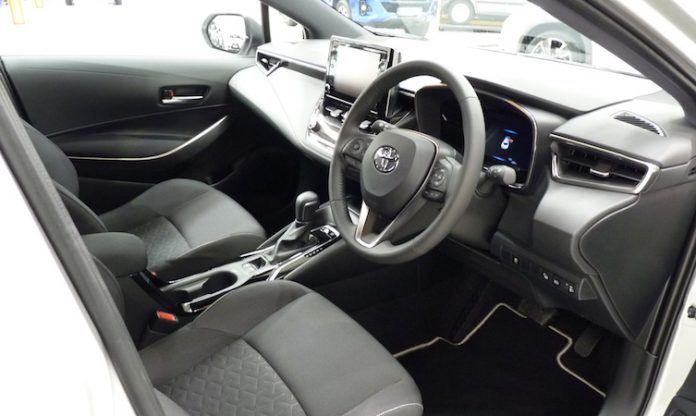
- If you do plan to store your car in a garage, ensure the chosen storage area offers plenty of ventilation. If the space is secure, you could consider opening one of the car’s windows a small way to ventilate the interior. If you do this, you might have to change your car alarm’s setting to prevent it setting off the intrusion sensor – please consult your car’s manual for more information.
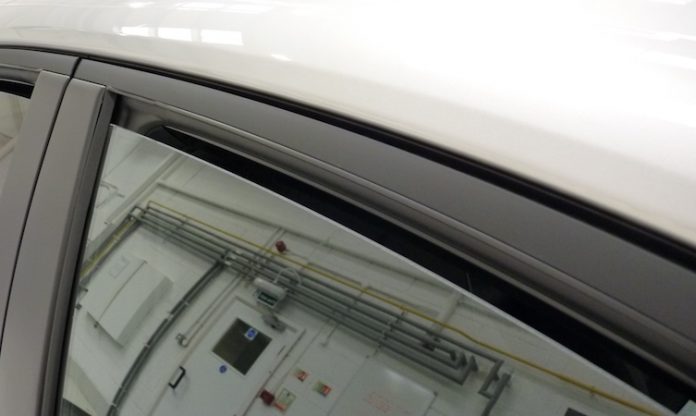
- It can be beneficial to leave the vehicle with the parking brake disengaged to prevent the brakes from binding, but only do this if you are certain the car is on level terrain and isn’t going to move. Ensure the transmission is set to ‘P’ for park and place wedges or chocks, if you have them, under the wheels.
- If you have a 12V battery trickle charger, or a solar panel charger, and are confident using them, then these are a good option to keep the battery fully charged while the vehicle is stationary for a period of time.
- If your vehicle is equipped with smart entry and start but the system isn’t operated for a long time, a battery-saving function will automatically be activated to prevent the electronic key battery and the 12-volt battery from being discharged. Battery depletion in the key is minimised by stopping the electronic key from receiving radio waves. On many models equipped with this system, it is possible to manually put the key into battery-saving mode, so please consult your car’s handbook for more information. If you aren’t planning to drive your car for a long time, consider putting the smart key in a safe place and not carrying it around with you in your pocket. This will prevent the car from ‘waking up’ unnecessarily should you happen to walk near it in your garage or driveway.
- If the vehicle will be kept on private property (such as inside a garage) for the duration of its storage, you could consider applying for a Statutory Off Road Notification (SORN). This informs the DVLA that the car is off the road and you will receive a refund of any remaining full months of tax. However, you won’t be able to drive your car legally until you tax it again, so it is only advisable if you are positive you won’t use your car for a long time. You can read more information about how to SORN your car here.
Read more Toyota GB’s latest statement on the Coronavirus (Covid-19) situation
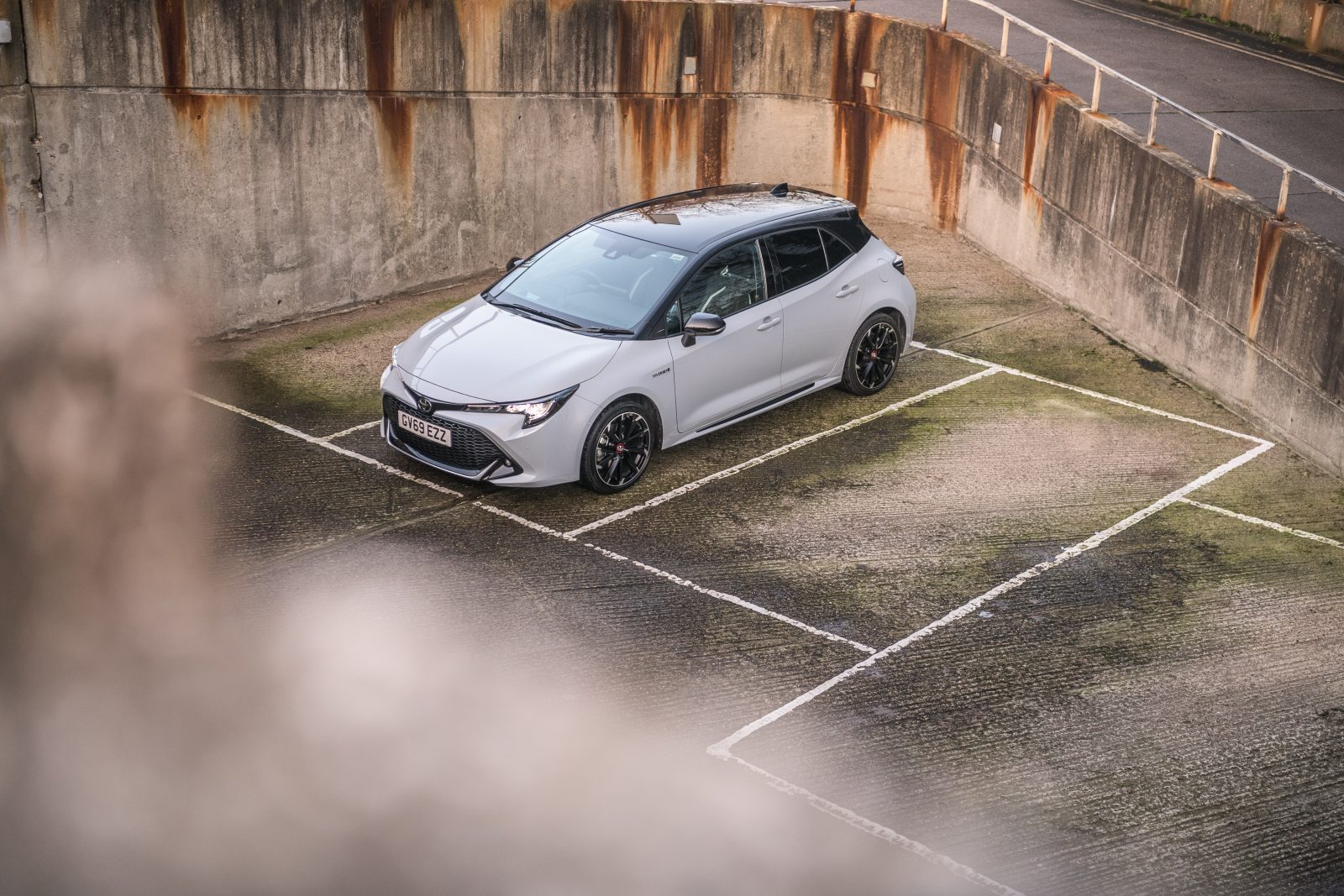
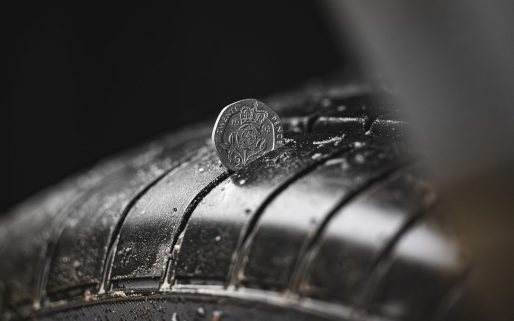
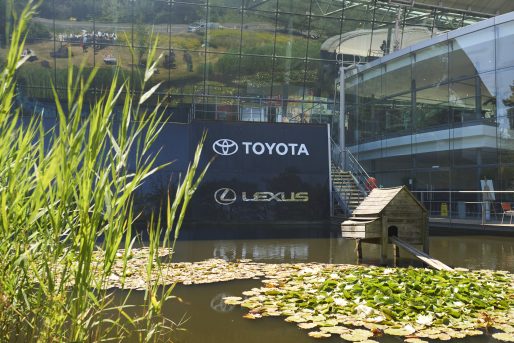
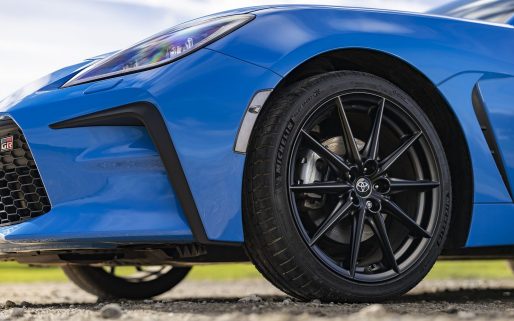
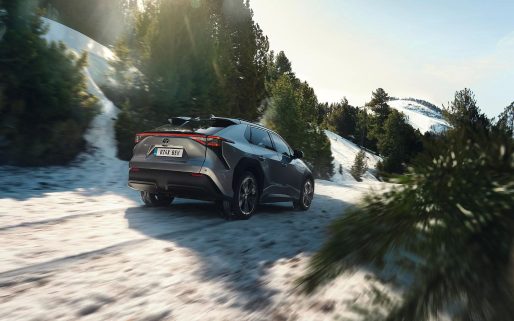
I echo the preceding comment. I was to drive my one year old Corolla Excel Hybrid for a dental emergency and when depressing the brake pedal and selecting “Power” all lights lit up the windscreen wipers operated – it was like Blackpool Night lights. Then the car electrics died. Toyota Assistance was excellent and jump started it, also checked the 12V auxilliary battery (1V and potential charge of only 4 amps) so I took it immediately to the dealer where the Auxilliary battery failed the test and was replaced. I also run the car infrequently just once a week ( 2,600 miles and 51.3 mpg average in 12 months). I have a Swedish CTEK MXS 5.0 battery charger which I religously used on my BMW 318 Touring most successfully. My salient point is that the issue of 12V battery discharge, short low mileage runs was not stressed when buying the car. For a top of the range Corolla I would expect Toyota to address such issues preferably in a “Welcome to Hybrid Car Management” video instead of a poor and sometimes ambiguous hard copy paper manual. Familiarisation of new technology needs visual physical examples NOT written words. I have seen on line that to trickle charge the 12V battery using external charger one needs to have the car in “READY” Is this right? Also is my ENTEK charger safe to use on the 12V auxilliary battery as it states Suitable for all Lead Acid Batteries? my Corolla Excel is also always garaged.
Hi Terry,
Thanks for your comment.
We are very sorry to hear about the issues you experienced with your Corolla’s auxiliary battery and we understand your concerns regarding the 12V battery maintenance, especially given the lower frequency of use.
Please note that all modern cars will have some degree of a discharge. If the car is not used very much then the battery will discharge over time but also when it is driven if it is not driven for long enough, it cannot recover the battery back to the maximum capacity.
In fact, short journeys can be worse as the electrical power consumed to actually start the car may not be replenished if the engine does not run for long enough so the battery’s capacity will drop slightly. If this is repeated over a number of days the battery will eventually discharge.
It does state in your Owner’s Manual how the Hybrid system must be activated (READY MODE) to charge the 12-volt battery. Ready mode is an expression of activating the hybrid system.
It is the same as starting a conventional vehicle engine, however the only way you can tell it is activated is that “Ready” is displayed on the combination meter.
For the use of an external battery charger, if the battery states suitable for lead acid batteries, then this will be fine to use on your Corolla.
We hope this helps.
Thank you.
It is disappointing that Toyota has not bothered to respond to my original query. Like a lot of disappointed punters above I join the club!
Its strange that Toyota still haven’t addressed this well known auxillary battery failure issue after 20 years of producing hybrids! The mountain of 12v batteries that have been destroyed due to poor engineering practice must be huge. Where’s the continuous improvement? Other companies detect the low voltage and employ the HV battery to supplement the auxillary battery before it dies – why can’t Toyota?
I have been a loyal Toyota customer for over 40 years. All my cars have been extremely reliable which is why I have stayed with Toyota. My latest car is a 2023 Yaris hybrid and The battery keeps draining as I only do 50 miles a week. I have had the battery checked by Toyota and after an overnight charge it apparently held the charge. I was advised to buy a solar panel charger and a portable jump starter kit which I did. The car battery still drains. If I put the car in ready mode will this charge the 12 volt battery. Also is there anything in the pipeline for Toyota to make a fix as this seems to be a very common problem.
Hi Mike,
Thank you very much for your loyalty.
Putting the car in READY mode will charge the 12V battery.
On your other point, it is important to be aware that all modern cars will have some degree of a discharge.
If the car is not used very much then the battery will discharge over time but also when it is driven if it is not driven for long enough, it cannot recover the battery back to the maximum capacity.
Short journeys can be worse as the electrical power consumed to actually start the car may not be replenished if the engine does not run for long enough so the battery’s capacity will drop slightly.
If this is repeated over a number of days the battery will eventually discharge.
We hope this helps.
Thank you.
I am so disappointed in Toyota . Like many other people I have owned a Toyota for over 30 years and have never had it breakdown .
We bought a hybrid Yaris Cross in Jan 2022 and loved it until this month when the battery has died on us twice within 3 weeks . Both times temperature was below zero but car was in garage . Unlike other people commenting we do approx 10000 miles per year so are not low mileage drivers .
Had to call out AA who said he sees this often with Toyotas and said a bad batch of batteries was to blame ??? Will phone dealer tomorrow but am now terrified I have an unreliable car which will die on me !! I have surgery planned at end of month involving an early morning journey to hospital 20 miles away and am terrified it won’t start on the day .Any advice gratefully received as to why this has started happening and how to prevent it .
Hello Ann,
Thanks for your comment. We can only apologise for the inconvenience this has caused to you.
To answer both your questions:
As to why this has happened, as we’re sure you can appreciate, without us being able to inspect the vehicle and knowing your exact circumstances, this is difficult for us to comment on.
Although generally, if the car is not used very much then the battery will discharge over time but also when it is driven if it is not driven for long enough, it cannot recover the battery back to the maximum capacity and short journeys can be worse as the electrical power consumed to actually start the car may not be replenished if the engine does not run for long enough so the battery’s capacity will drop slightly. If this is repeated over a number of days the battery will eventually discharge.
As for how to prevent it, if you have a 12V battery trickle charger, or a solar panel charger, and are confident using them, then these are a good option to keep the battery fully charged whilst the vehicle is stationary for a period of time.
We hope this helps.
Thank you.
I use a trickle charger every day and the battery still loses 1 volt every 2 days of no driving…. ridiculous remedy. There are a lot of unhappy Toyota owners out there.
Is the 12v battery covered by Toyota Warranty? The battery failed in my 2020 Yaris yesterday. I am waiting for AA to arrive – they are very busy apparently. Car is on the drive. I have had no problems over past 2 years so the failure was a surprise. My driving and drives are much the same over the 2 years. So it would seem reasonable to ask the Toyota garage (main dealer) to replace the battery under the Warranty?
Hi Jill,
Thanks for your comment.
As with any repair, the 12V battery will need to be inspected by an Official Toyota Centre to replaced under warranty if the battery is found to have a manufacturing defect
We hope this helps.
Thanks.
After 3 years of continuous jump starting I think it is not a fault with the battery – the problem is a ‘Parasitic Battery Discharge’ – meaning something is draining the battery when the ignition is off and the car has supposedly shutdown. Toyota needs to discover what is draining the battery and rectify it, but as it is not a safety issue they don’t seem to care.
I have a 2024 Yaris Cross Premiere Edition. I usually only drive short distances, but over the past few days, my 12V battery has been completely flat, leaving me unable to start the car.
So, I purchased an AA 2.4W Solar Battery Charger to keep the car charged when I’m not driving. Can I simply plug it into the EOBD socket to use it? Do I need to keep the car in “ready mode,” or is it fine to leave it switched off?
Thank you
Hi Calix,
Thanks for your question.
Please may we take your vehicle registration so we can double check this with our Product Technical team?
Thanks.
Do I need to disclose my vehicle registration here?
My car is Yaris Cross 1.5 VVT-h Premiere Edition E-CVT Euro 6 (s/s) 5dr ,just the new model in 2024.
Hi Calix,
Thanks for your reply.
If you’d like, we can remove your vehicle registration before publishing your comment.
Alternatively, please email cr@toyota.co.uk for further assistance.
Thank you.
Hello please can you advise if the 2.4 W solar battery trickle charger is suitable or would it need to be a higher ampage such as 4.8W charger? This is for a Toyota Hybrid Yaris 2022 plate and a Toyota Cross 2024 plate?
Hi Anita,
Thanks for your comment.
We would recommend confirming this with the manufacturer of the trickle charger.
Thank you.
My car vehicle is ******* .
please remove my vehicle registration before publishing my comment
Hi Calix,
Thanks for confirming.
We would of course recommend confirming the instructions of the solar charger before us, but this should be fine to plug in and use whilst the car is off.
Putting the car in ready mode is an alternative method.
We hope this helps.
Thank you.
If I use a solar panel to charge the car battery via EOBD for a long time, will this cause problems for the car? Because EOBD is not used for charging.
Hi Calix,
You can even leave some trickle chargers for days or weeks at a time, but we’d always recommend checking with the manufacturer of the charger if this is suitable.
Thanks.
Update on the Toyota Yaris (2020 model) flat battery. AA charged the battery and said the Yaris I have is on the whole a good car except for the 12v battery issues. This is apparently the main reason the AA gets called to rescue. AA advised me to get the battery checked at the Toyota garage. I did and was told the battery was fine/good but it is my problem because I do short journeys even though I use my car every day. Longest journey is about 12 miles (each way) with about once a month a journey of 35 miles (each way). So I was advised to run the car in Ready mode at least once a week for 60 mins or buy a solar panel charger. I did ask about a different make of battery but the Parts Dept said it would make no difference. I do not recall battery issues being mentioned when I bought the car from a main Toyota dealership. I may have chosen a different car had I known the inconvenience of of the battery issues.. This is my first hybrid and my confidence in this car is knocked. What is Toyota doing about this on new Yaris models? Is it the same battery issue for all Toyota hybrids and indeed all hybrids on the market?
Hi Jill,
Thanks for your comment. We are attentive to the situation which you have highlighted.
To provide a bit of reassurance, less than 1% of our entire customer base encounters issues with their 12V Battery.
All modern cars drain the 12V battery when they are switched off. This is due to the onboard electrical systems.
If the 12V battery is not given a chance to recharge often enough, it will go flat.
If you have a 12V battery trickle charger, or a solar panel charger, and are confident using them, then these are a good option to keep the battery fully charged whilst the vehicle is stationary for a period of time.
If there is anything else we can assist you with, please let us know.
Thank you.
My 71 plate chr has had 12v battery problems
I have had to call the AA 3 times in the last 3 months for a jump start. My previous chr which is 6 yrs old and is still reliable ( I know the owner)
What is going on?
Hello Michael,
We are sorry to hear about this and completely understand how frustrating this is for you.
Please note that all modern cars will have some degree of a discharge.
If the car is not used very much then the battery will discharge over time but also when it is driven if it is not driven for long enough, it cannot recover the battery back to the maximum capacity.
In fact, short journeys can be worse as the electrical power consumed to actually start the car may not be replenished if the engine does not run for long enough so the battery’s capacity will drop slightly.
If this is repeated over a number of days the battery will eventually discharge.
If you feel that there is an issue with your battery, it will need to be inspected by an Authorised Toyota Centre.
We hope this information is useful.
Thank you.
I too have been having problems with the battery going flat recently . It’s a 2022 Yaris cross. My current mileage 11,600. Winter-time I only do short journeys. I have therefore purchased a Jump start kit & now as advised a CTEK charger (to run the car for 60 mins on my drive is a sitting theft target! ) Where do I connect this charger on the car? Just to say I’m an 80 year old female so hope it’s straight-forward!
Hi Maureen,
Thanks for your comment.
If it’s a jump start kit, this connects to the battery terminals.
We hope this helps.
Thank you.
You’ll be jump starting it until you sell it and buy a more reliable car.
2021 Yaris Hybrid….Yet again, in fact about the 20th time in 3 years – not enough power in battery to start car. Saturday I did a 70 mile journey. Come Monday, battery voltage had dropped to 10.9 volts… useless car… wouldn’t recommend it to anyone.